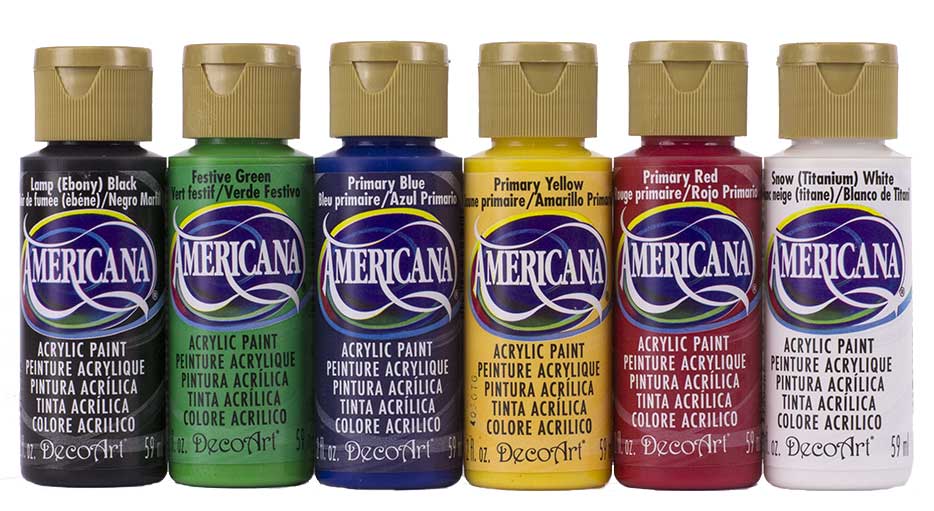Since we're talking about paint, I feel like now is the perfect time to remind everyone to BASE COAT YOUR SHIT. Metallic colors will end up way more even if you use a base coat of a similar color. The same thing goes for warm hues (pink, red, orange, yellow), the pigment tends to not be as strong, so it doesn't cover as well. If you use a darker base coat it'll come out looking a lot better, and you shouldn't have to paint 8000 coats to get it looking nice. For the warm hues, I generally use a darker, brownish color as a base coat. For yellows, you still want to use a brown tone, but you'll want to use a lighter color so your yellow doesn't come out super wonky.
And of course, when it comes to metallics or painting in general, spraying your items works well in most circumstances. The upside of spray paint is that it goes on a lot quicker and more evenly than brush painting. The obvious downsides are that you can only really spray on one color, you'll have to paint the other colors by hand. Also, there's the issue of overspray. If you're spray painting something that has parts you don't want to get paint on, you'll want to make sure those parts are covered. I usually use a plastic grocery bag and some masking tape.
When it comes to spray paint brands, I'm a little less picky, because the colors are generally more limited than what you can find in the 2 oz. bottles of acryllic, so I usually just try to find the best color for my project.
Sealants
Sealants are super important for prop making because it accomplishes several things all at once:
-It helps bind all of the different pieces together
-It helps protect the base materials
-It smooths out the surface of your prop
-It can help you achieve the sheen/finish you want
-It keeps your paint from chipping as easily
When I make props I usually use sealant coats in two steps: before and after I paint the item. Using sealant coats before painting helps reinforce the adhesive holding all of the pieces together and smooths out the surface of your props. It also provides a good paintable surface for things that may not hold paint as well, such as smooth plastic and foam.
**An important note when using styrofoam and other open-celled foams: Most spray paint and certain adhesives can melt your foam; using a sealant layer (usually multiple just to be safe) is the best way to keep this from happening.
After I finish painting my props, I generally add another sealant layer. This helps protect the paint, as well as giving the prop the sheen I want. You can even use different sealants in different places if you want the sheen to be different.
















